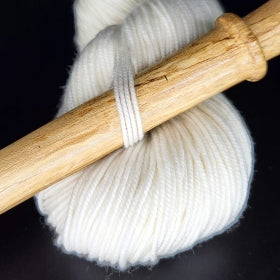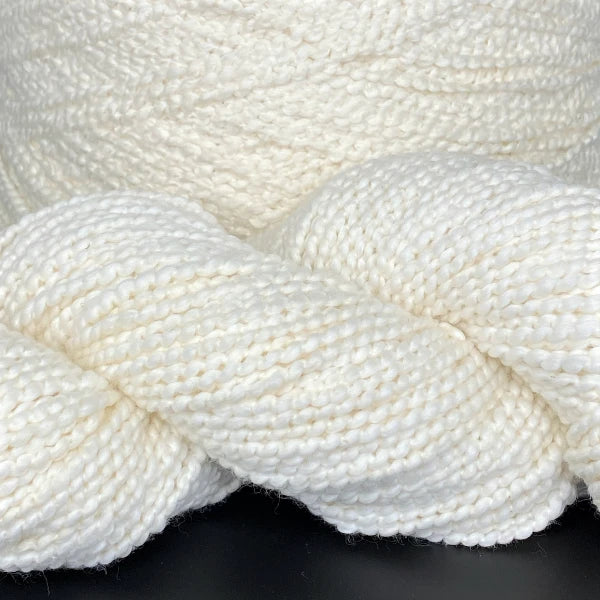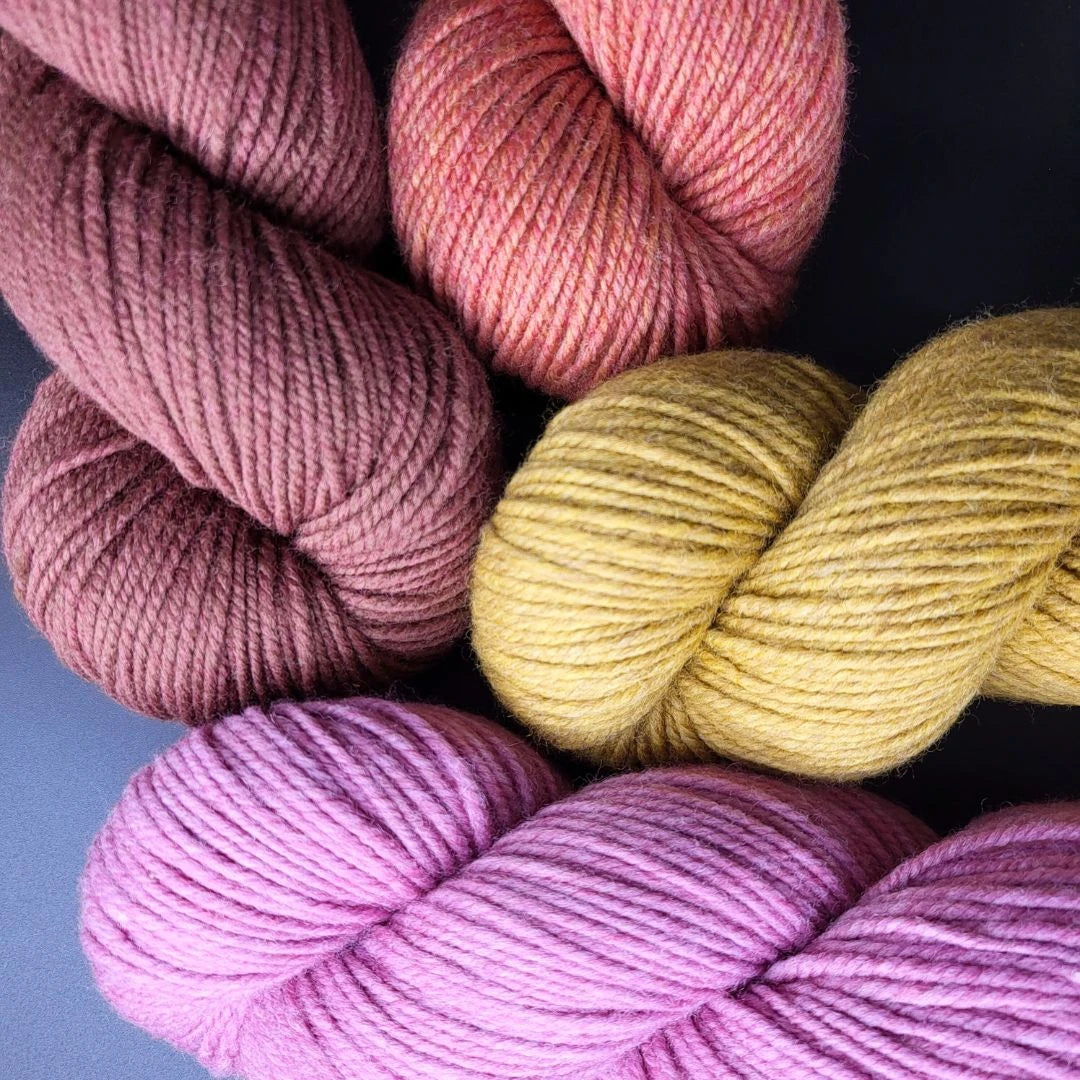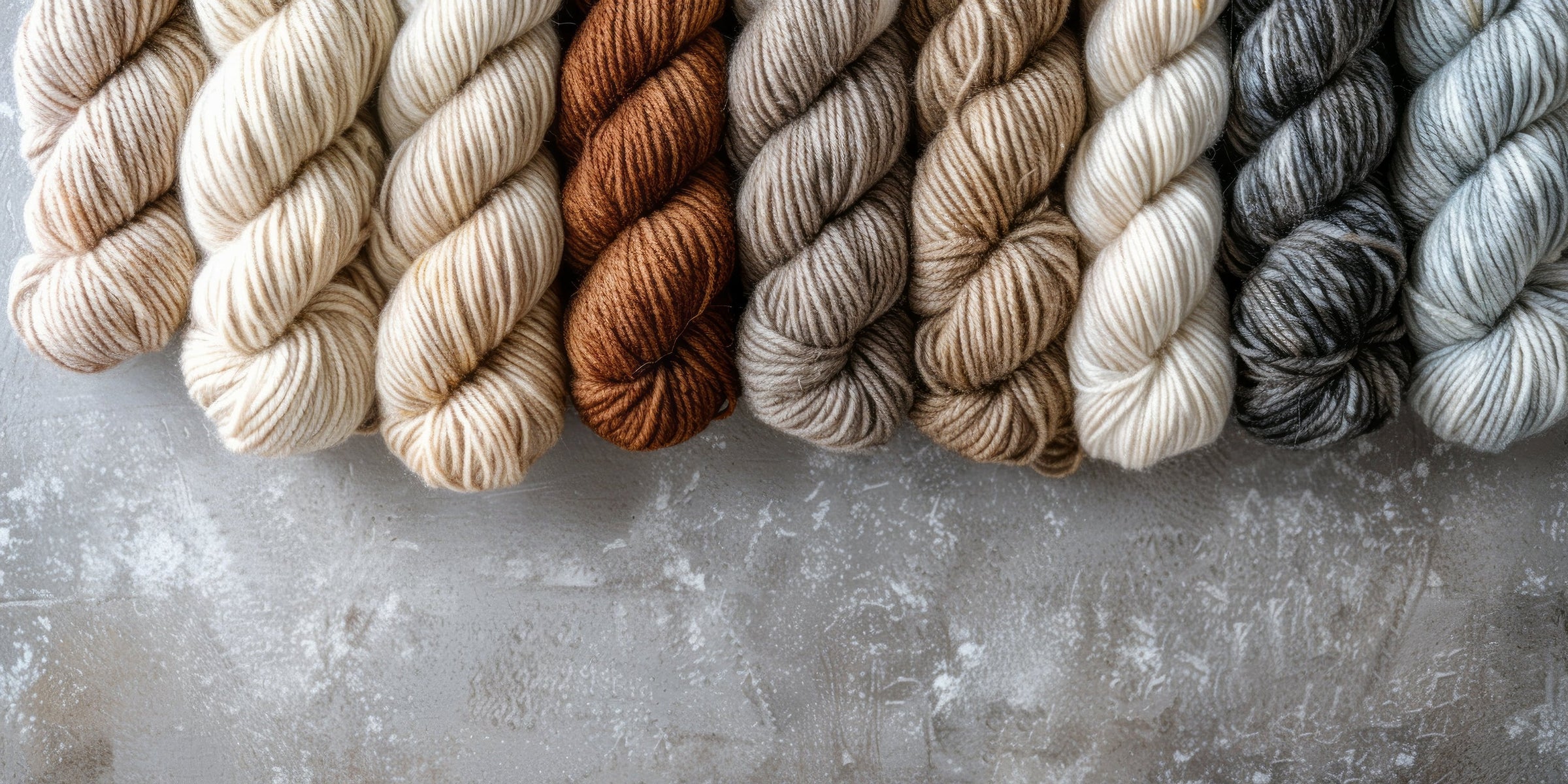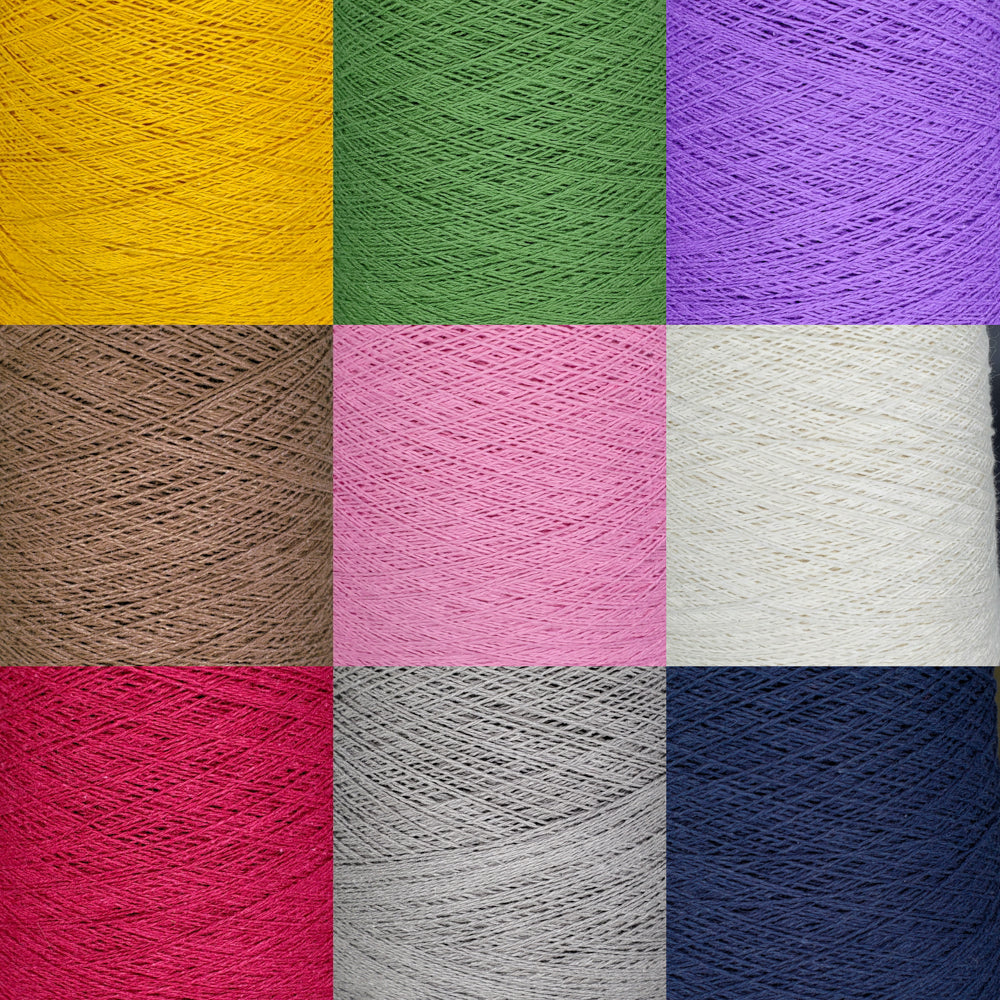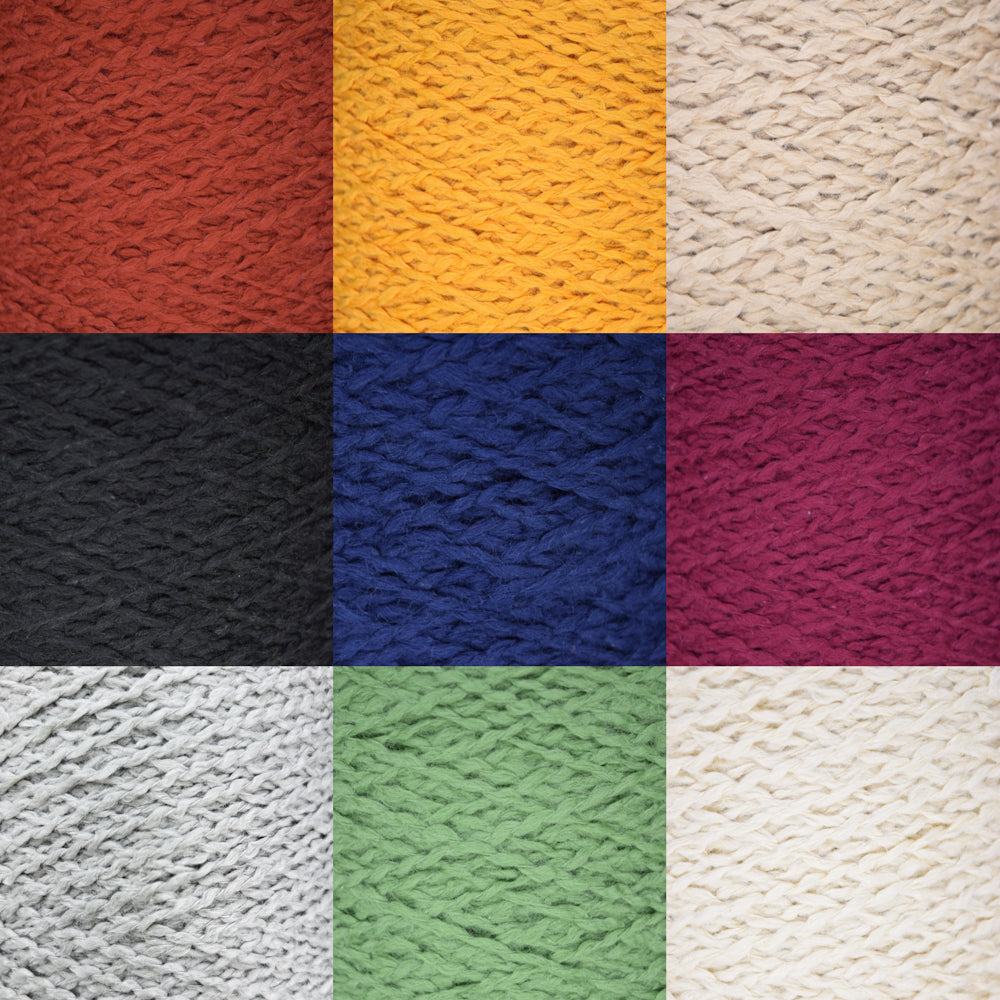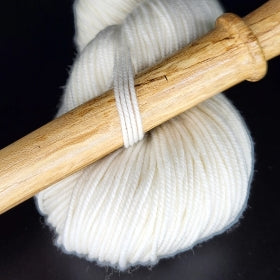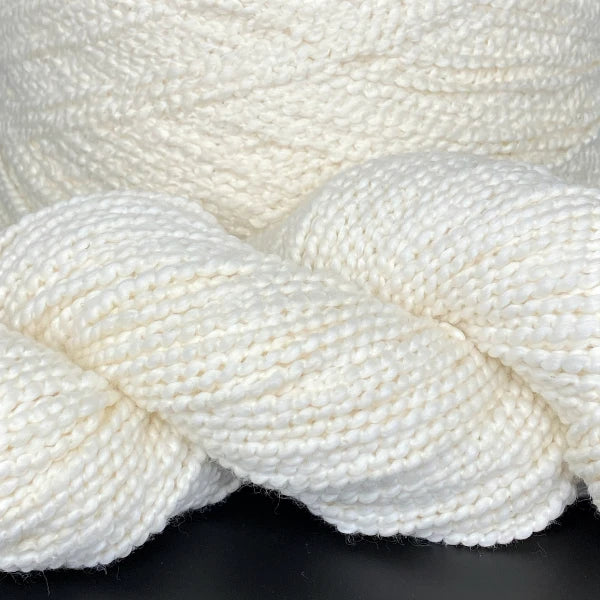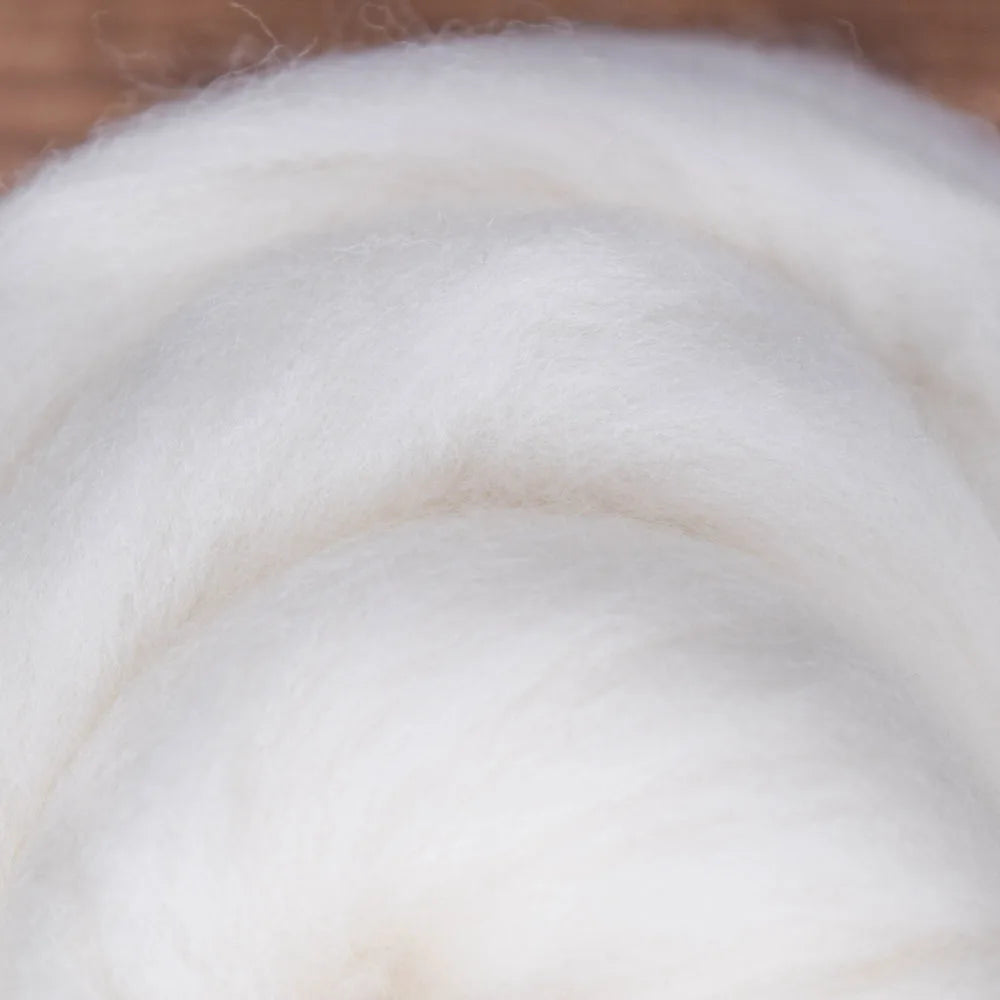Shop by Category
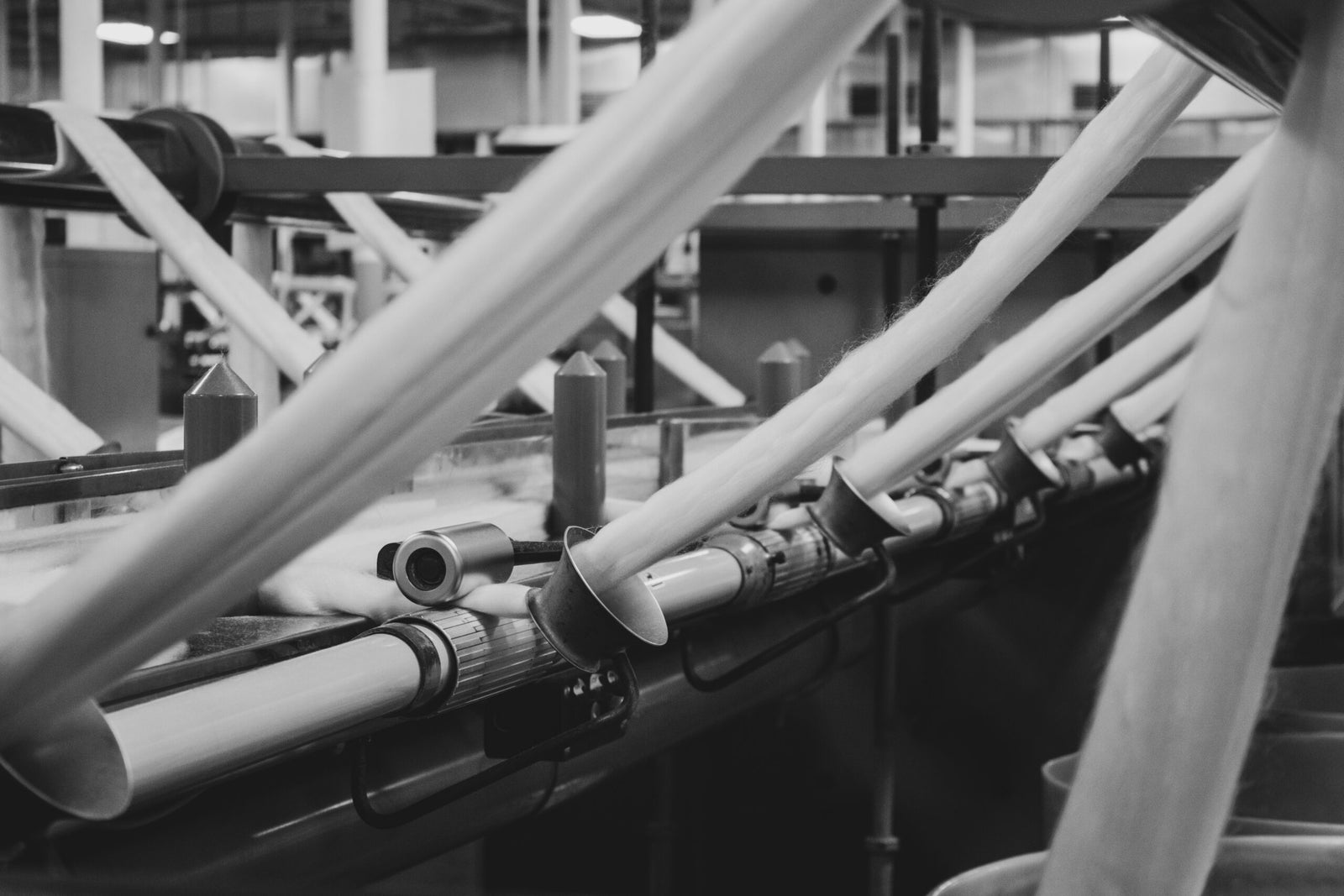
Your Source for Yarn and Fiber
Crafted in the U.S. for small business hand-dyers, artisans and wholesalers, Mill House specializes in high-quality, readily available natural and dyed yarn products. Located right inside Meridian Specialty Yarn Group’s spinning mill in Ranlo, North Carolina, the Mill House yarn shop offers a carefully curated selection of yarn and fiber in quantities and prices that make it easier for you to do business.
